Beef Industry and General Management
All Beef Industry and General Management Content

Growth Promotant Technologies: Impact on Beef Production and Meat Quality - Background
It is well documented that growth promotant technologies can increase pounds of beef produced while reducing input costs and resource use. But what impacts do these technologies have on beef production and meat quality?
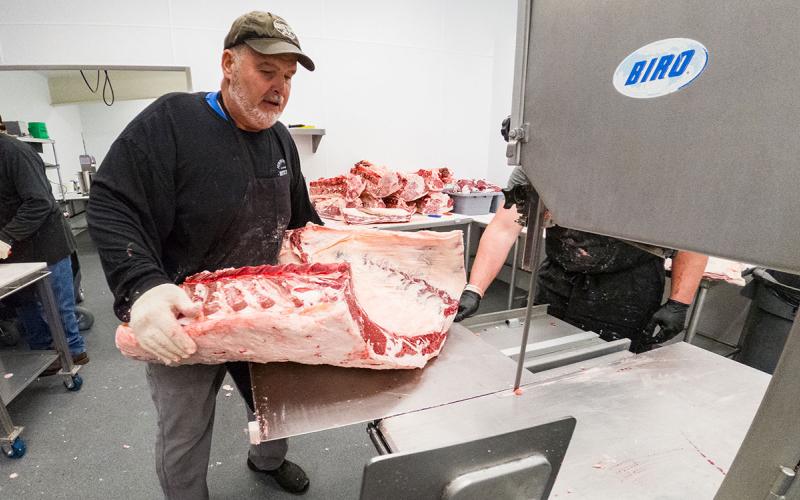
Expanded Meat and Poultry Processing Resources Available to S.D. Livestock Producers and Meat Processors
The USDA's commitment to creating a more-resilient meat and poultry processing system is making new opportunities for rancher-owned enterprises, worker-owned housing and other cooperative initiatives.
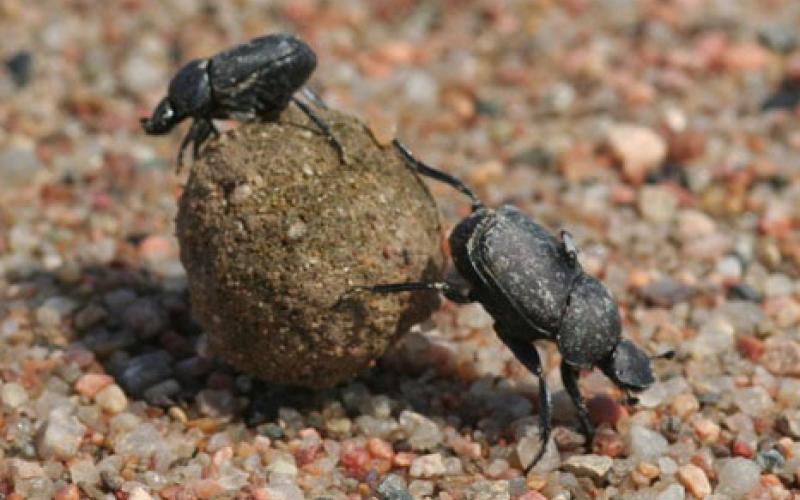
Promoting Dung Beetles on the Range
In South Dakota, dung beetles help regulate rangeland health through dung dispersal.
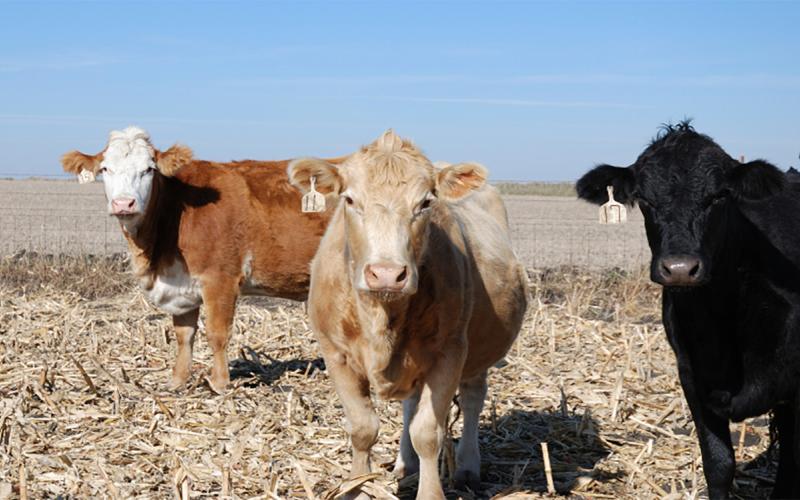
Corn Stalk Rental Rates
Corn stalk acres have long been a source of feed for livestock producers. But how much should producers charge to graze them, and what factors should they consider when developing a rental agreement?
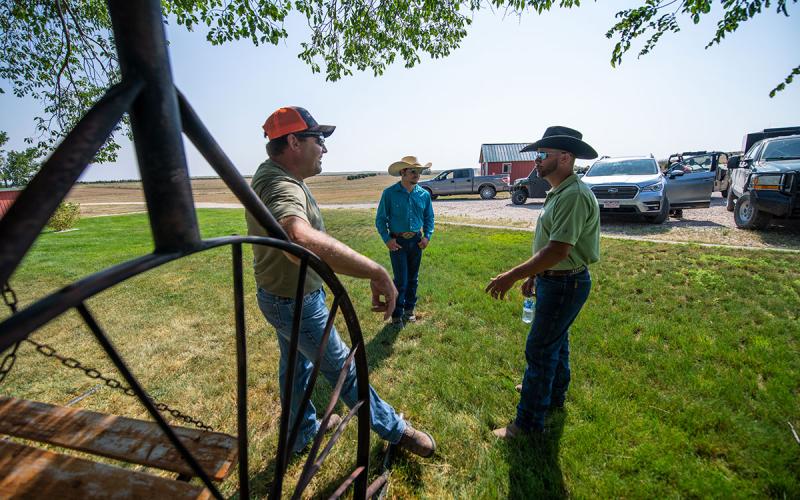
A Healthy Farm Needs a Healthy Farmer
Farm safety encompasses the health and safety of farmers, farm workers, and their families, and it is very important to farmers and ranchers across our state.
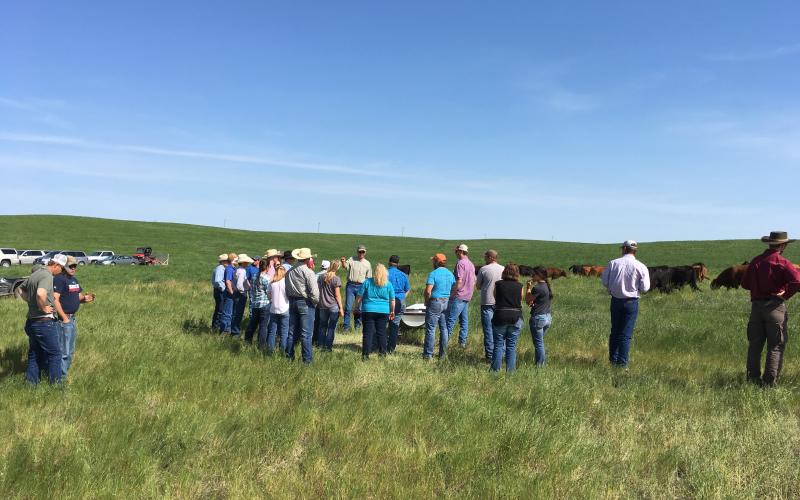
beefSD
beefSD is an intensive educational program designed to take participants to the next level in beef enterprise management.
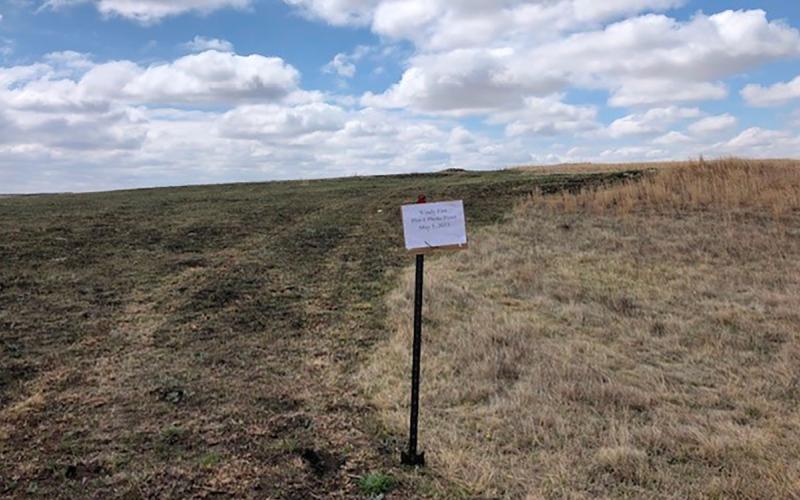
Range Roundup: Dormant Season Wildfire Project in Northwestern South Dakota
Two of the main environmental conditions that drive post-wildfire rangeland recovery include health of the rangeland ecosystem prior to the wildfire and climatic variables, such as precipitation or drought after the fire event.
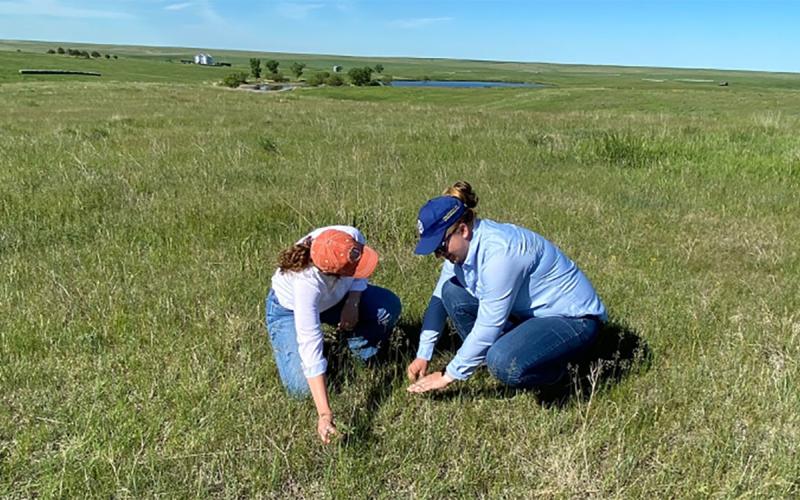
Range Roundup: South Dakota Women on the Range
With the percentage of women in agriculture expected to grow over the next few years, SDSU Extension will be launching a new program called South Dakota Women on the Range. The program will educate women about the importance of range management, while also empowering them to become leaders in the agriculture industry.
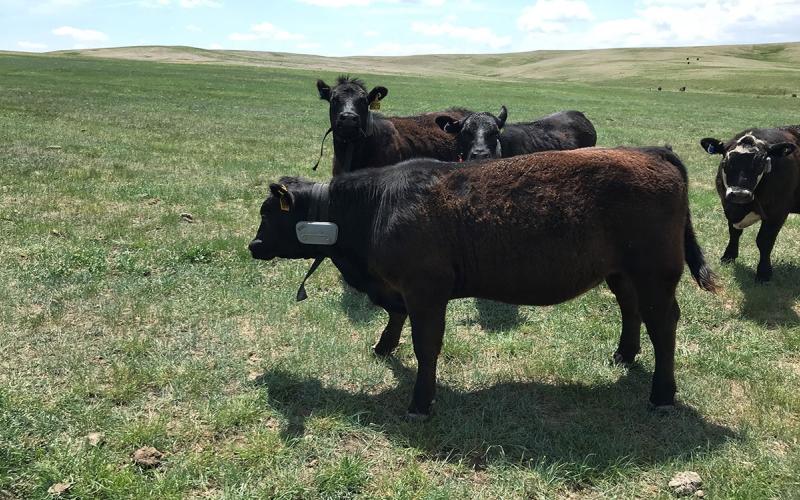
Range Roundup: Virtual Fencing Project Takes Place at the Cottonwood Field Station
Virtual fencing (borders without physical barriers) has started making waves in the cattle industry, and it can be used to implement precision grazing management. Our team is researching its use and utility at the SDSU Cottonwood Field Station starting this summer.

Why does beef from the store taste different than the beef from my local butcher?
Grain or grass-finished? Wet or dry-aged? Learn the factors that influence the flavor profiles of meat products found at local butcher shops and grocery stores.